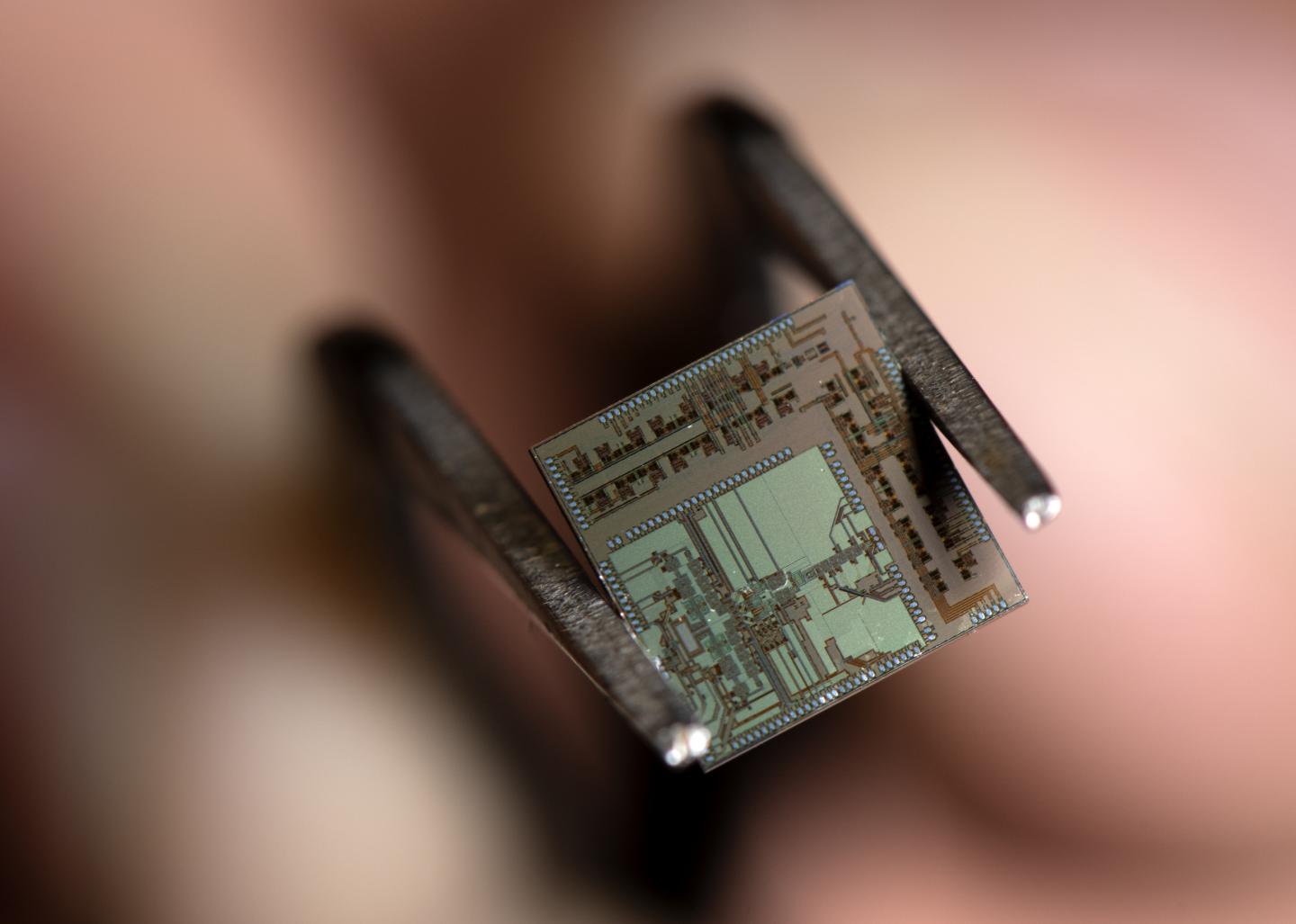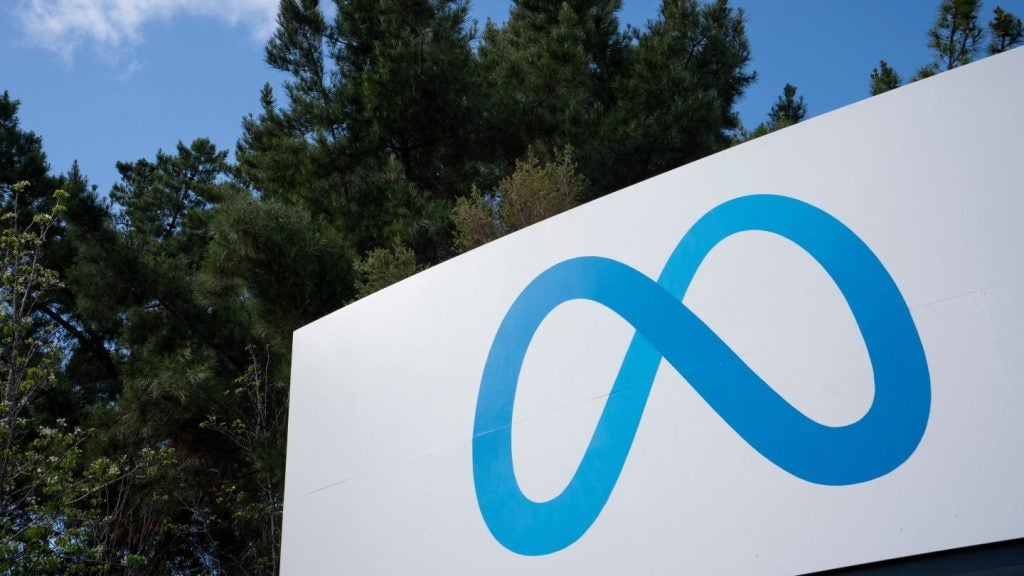
The last few months have seen several telecommunications companies ramping up their 5G efforts, with Vodafone switching on its 5G network in some parts of the UK earlier this month.
However, electrical engineers at the University of California have developed wireless transceiver that could operate at “quadruple the speed of 5G”.
5G offers speeds of operate within the range of 28 to 38 gigahertz, twenty times faster than 4G. However, a team at the Nanoscale Communication Integrated Circuits Labs has gone one step further with the development of a end-to-end transmitter-receiver.
The wireless transceiver is a 4.4-millimeter-square silicon chip that boasts radio frequencies of 100 gigahertz thanks to its unique digital-analogue architecture. This brings it into the realm of 6G, which is expected to eventually work at 100 gigahertz and above.
“We call our chip ‘beyond 5G’ because the combined speed and data rate that we can achieve is two orders of magnitude higher than the capability of the new wireless standard,” explained senior author Payam Heydari, NCIC Labs director and UCI professor of electrical engineering & computer science.
“In addition, operating in a higher frequency means that you and I and everyone else can be given a bigger chunk of the bandwidth offered by carriers.”
How well do you really know your competitors?
Access the most comprehensive Company Profiles on the market, powered by GlobalData. Save hours of research. Gain competitive edge.

Thank you!
Your download email will arrive shortly
Not ready to buy yet? Download a free sample
We are confident about the unique quality of our Company Profiles. However, we want you to make the most beneficial decision for your business, so we offer a free sample that you can download by submitting the below form
By GlobalDataWireless transceiver targets performance of fibre optics
Researchers in this field have long wanted to develop wireless systems that can offer the same performance and speeds of fibre optic networks, which would have significant implications for the telecommunications industry.
However, they have faced hurdles due to physical limitations in digital processing. NCIC Labs developed a chip architecture that relaxes digital processing requirements by modulating the digital parts in the analogue and radio-frequency domains.
Heydari said that as well as enabling the transmission of signals in the range of 100 gigahertz, the transceiver’s layout means that it uses considerably less energy than current systems at a reduced overall cost.
Transmitters and receivers able to handle high-frequency data communications could also enable emerging wireless technologies such as the internet of things and autonomous vehicles.
Co-author Huan Wang, a UCI doctoral student in electrical engineering & computer science and an NCIC Labs member said:
“Our innovation eliminates the need for miles of fiber-optic cables in data centers, so data farm operators can do ultra-fast wireless transfer and save considerable money on hardware, cooling and power.”
Read more: Ericsson triumphs on 5G contracts as Huawei shun continues







